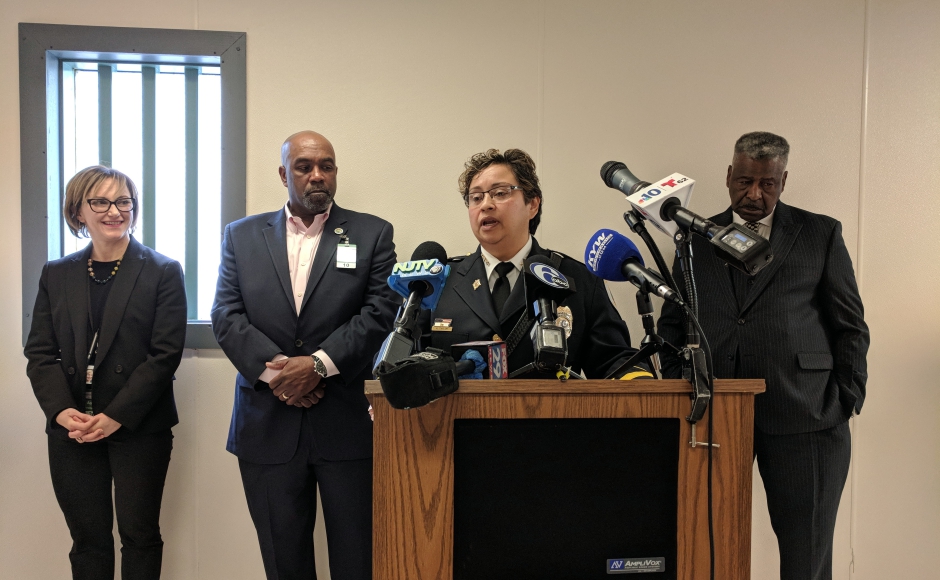 Camden County Jail Warden Karen Taylor discussing the MAT program in 2019. Credit: Matt Skoufalos.
Camden County Jail Warden Karen Taylor discussing the MAT program in 2019. Credit: Matt Skoufalos. Camden County Jail Warden Karen Taylor discussing the MAT program in 2019. Credit: Matt Skoufalos.
Camden County Jail Warden Karen Taylor discussing the MAT program in 2019. Credit: Matt Skoufalos. Camden County Jail Warden Karen Taylor discussing the MAT program in 2019. Credit: Matt Skoufalos.
Camden County Jail Warden Karen Taylor discussing the MAT program in 2019. Credit: Matt Skoufalos.